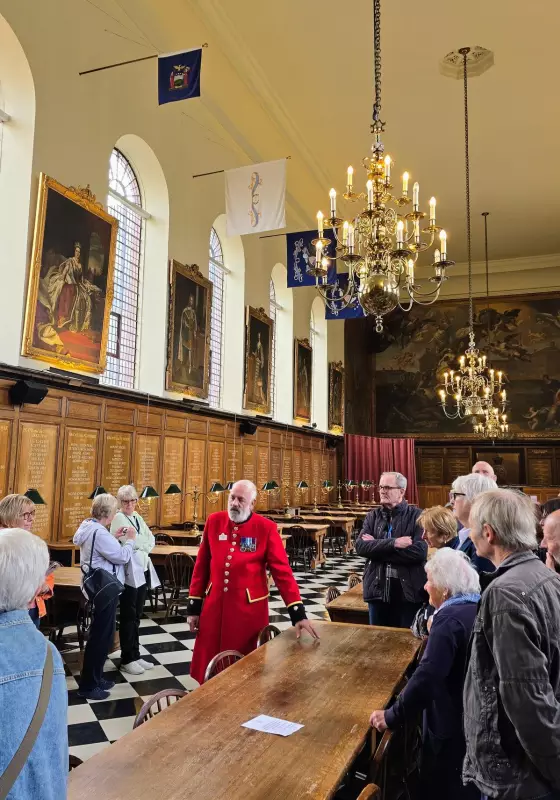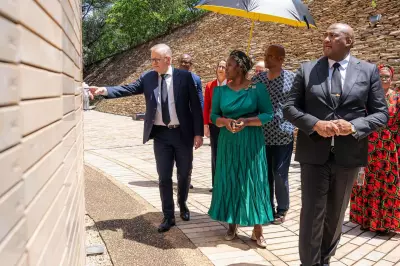
Walking through the grounds of Royal Hospital Chelsea, retired serviceman Mick Skerratt points to a formidable Challenger 2 battle tank with a chuckle. "My old office is just around the corner," he jokes, demonstrating the unique perspective of those who've served their nation.
London's Historic Haven for Veterans
Contrary to what its name suggests, Royal Hospital Chelsea isn't a medical facility but rather a hospitality institution providing residence for approximately 300 retired British Army personnel. Situated near the Thames with views of Battersea Power Station, this beautiful complex represents centuries of military tradition and care for those who served.
The institution owes its existence to King Charles II, who commissioned the facility in 1682, inspired by Paris's Hotel des Invalides but determined not to be outdone by the French. The design fell to Sir Christopher Wren, Britain's premier architect who rebuilt much of London after the Great Fire of 1666.
Wren created an English Baroque masterpiece featuring symmetrical quadrangles, a chapel, great hall, residential apartments known as the "Long Wards," and State apartments for visiting dignitaries. The hospital began operations in 1692, initially welcoming 99 residents who became known as Chelsea Pensioners.
Evolution Through Centuries
The institution's popularity grew rapidly, necessitating expansions including the addition of Light Horse Court and College Court to the original Figure Court. Today's residents exchange their military pension for comprehensive board and lodgings within this historic community.
The grounds have witnessed significant changes over centuries. In 1698, part of the land was granted to Richard Jones, First Earl of Ranelagh, who developed the famous Ranelagh Pleasure Gardens. These former gardens now host prestigious events like the Chelsea Flower Show.
Both World Wars inflicted severe damage on the hospital, leading to extensive post-war restoration. Modern additions include the 2009 Margaret Thatcher Infirmary and Sir John Soane's impressive Grade II listed Stable Yard, which now houses a cafe, interactive exhibition, shop, post office and outreach centre.
Military Museums and French Counterpart
The hospital's own museum displays an extensive collection of military memorabilia, including donated medals and ribbons from former residents - some dating back to the Napoleonic Wars. This complements the nearby National Army Museum, which houses an unparalleled collection spanning 600 years of British military history.
The NAM organizes its vast collection into five thematic sections: Formation explores army origins and traditions; Soldier reveals military service realities; Global Role examines worldwide deployments; Conflict in Europe covers European stability maintenance since the 1700s; and Army at Home outlines domestic service since the 1600s.
Across the Channel stands Les Invalides, commissioned in 1670 by Louis XIV to house and care for wounded and disabled soldiers. Architect Liberal Bruant designed the enormous complex to accommodate 4000 residents, while Jules Hardouin-Mansart, also responsible for Versailles, created the awe-inspiring Eglise du Dome with its majestic gilded dome visible for miles.
Located near the Seine in Paris's 7th arrondissement, Les Invalides houses France's primary military museum, the Musee de l'Armee, along with the Musee des Plans-Reliefs featuring historic 3-D strategy models and the Musee de l'Ordre de la Liberation honoring World War II liberators.
The complex's most famous feature remains the red quartzite Tomb of Napoleon I, situated directly beneath the magnificent dome. While Les Invalides impresses with its scale and grandeur, Royal Hospital Chelsea offers a more human-scale elegance that many visitors find equally compelling.





